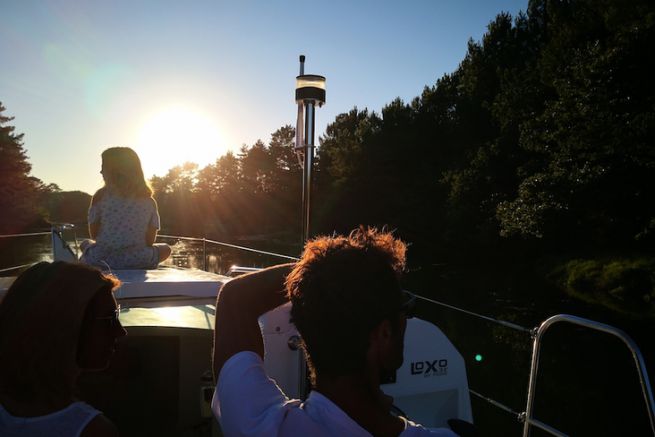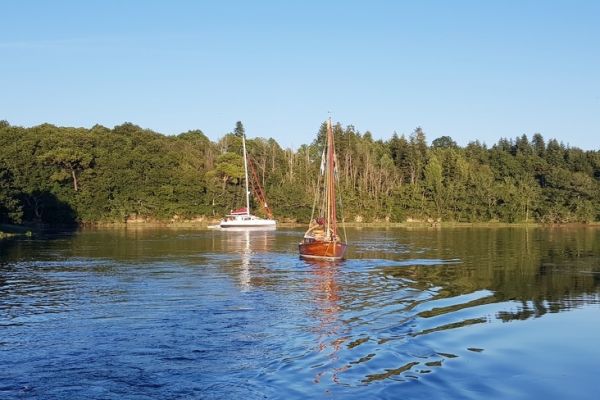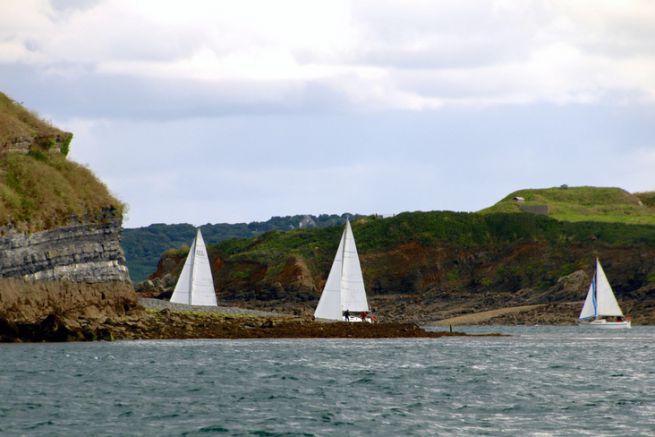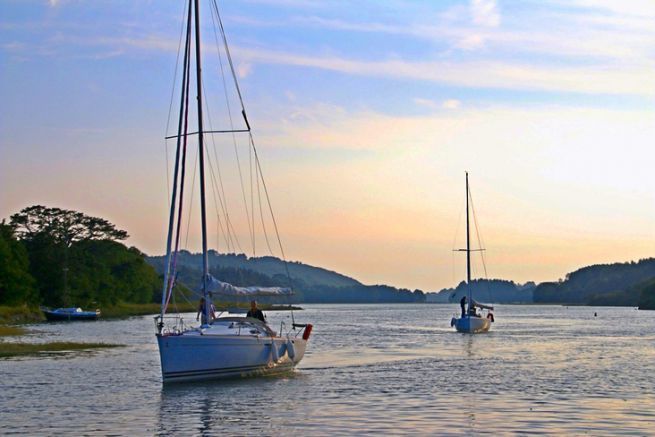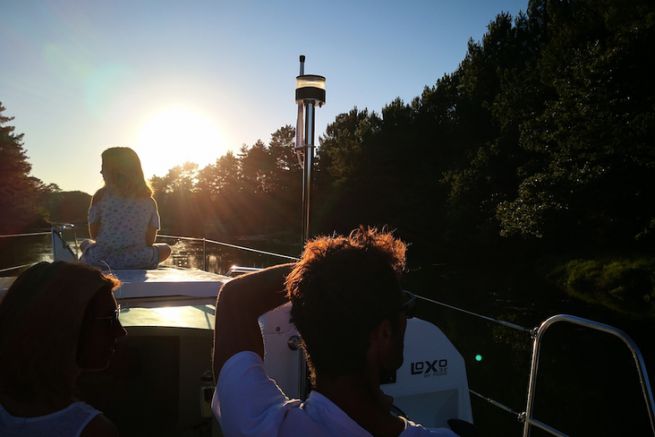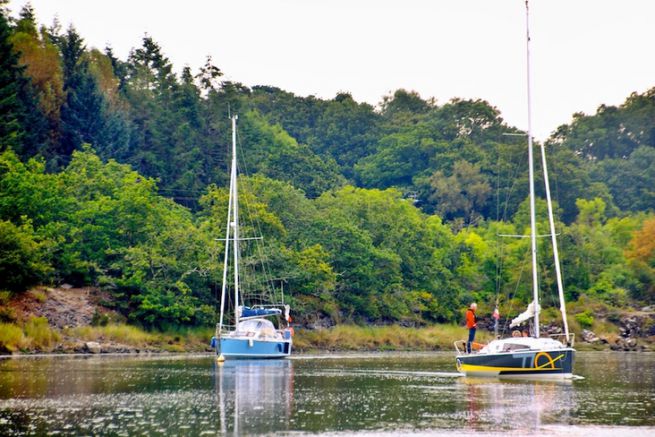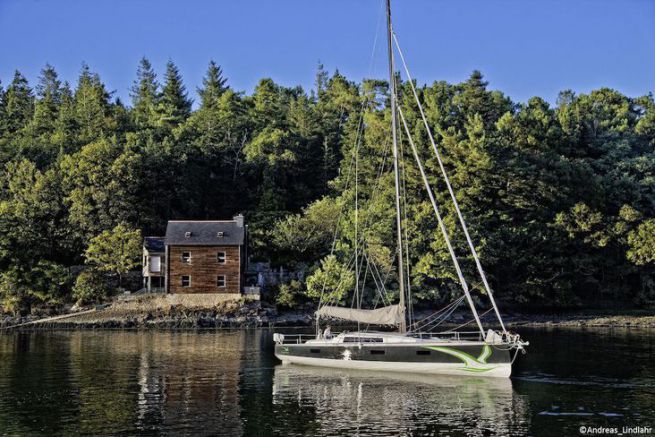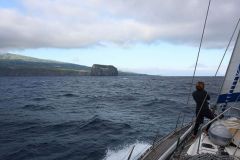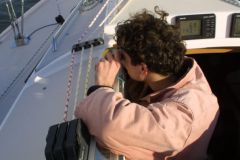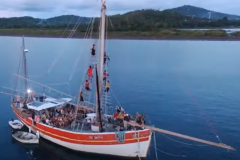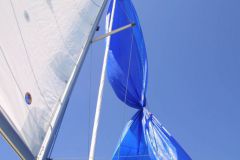Sailing to the rhythm of the water
If there are no locks to regulate the water level, it is generally the tide that sets the rules for river navigation. We use the flood to go up and the ebb to go down the river. This limits the efforts of the crew to sail or the consumption of the engine.
In the case of a lock, one will often be able to navigate with a weak current and a fairly stable water level. This is an opportunity to hoist the sails. This is the case of the Vilaine, where beyond the Arzal dam, country navigation allows you to tack close to the cows.
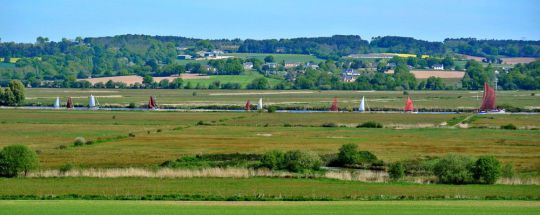
Be prepared to react
As you venture into the forests and follow the mysterious meanders, it's not impossible to find yourself stuck in the mud. To limit the consequences of a possible stranding, it is necessary to give priority to the rising tide to explore a river.
In any case, a few basic precautions will prevent a panic attack.
- If you are sailing in a motorboat, be prepared to cast anchor in the event of engine failure.
- If you are sailing with a motor yacht, you will keep a sail ready to be set, as a tip in the propeller can surprise you at any time.
- If one has the possibility and elegance to sail, the crew must be ready to start the engine if necessary.
- If you want to explore a poorly mapped area, the dinghy or a paddle are valuable allies for walking around with the hand-held probe line.
If anchoring is unavoidable, a strong current in the river bed can prevent the anchor from firmly hooking the bottom as long as the sediment is in suspension.
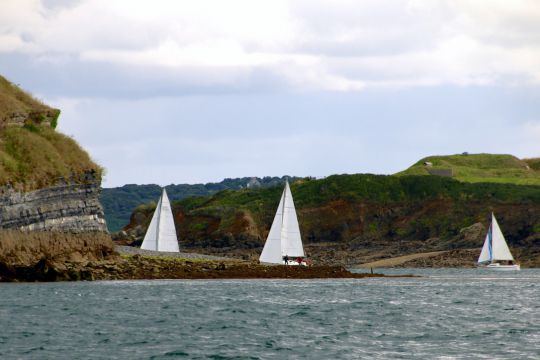
River crossings
It is not surprising to come across a few other adventurers than you. Most of the beautiful rivers are traversed by passenger boats. At the bend of a meander or a marked channel, it is not uncommon to come across an hourglass or oyster boat.
When passing, it will be necessary for everyone to keep to the right and use common sense regarding the manoeuvrability of vessels
Sound signals are used by workboats, here's a reminder:
- 1 short shot: I come to Starboard
- 2 short shots: I come to port
- 3 short moves: I beat back
- 1 long shot: Attention
Finally, don't rely too much on VHF, which is often ineffective in rivers because of the trees.
